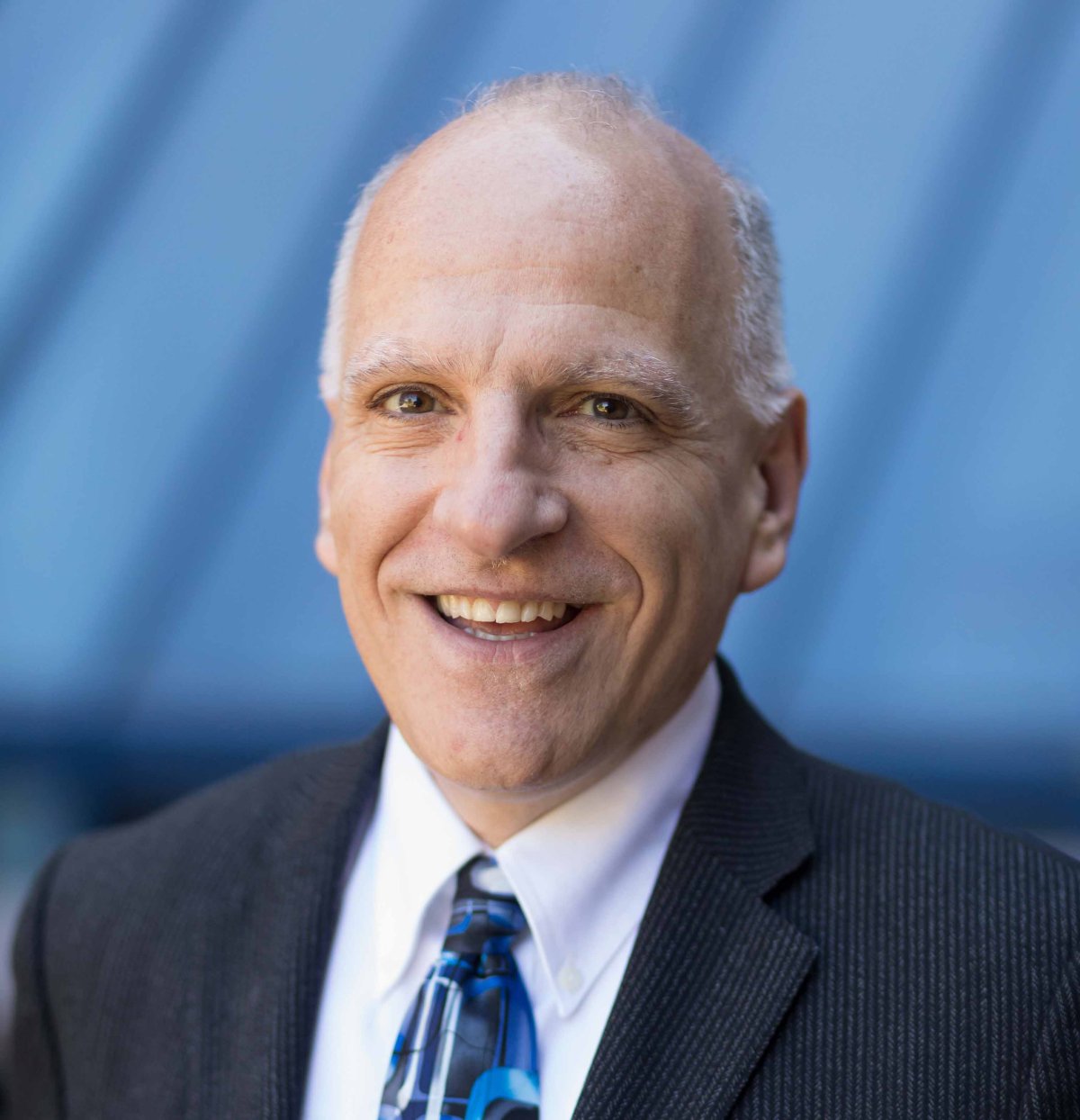
Matthew Neurock
Professor
Contact
489 Amundson Hall
421 Washington Avenue SE
Minneapolis, MN 55455
Matthew Neurock
Professor

Professor
Contact
489 Amundson Hall
421 Washington Avenue SE
Minneapolis, MN 55455
Professor
Our research is focused on the development and application of computational tools that can simulate heterogeneous catalytic systems important in the sustainable production of fuels, chemicals and materials. First principles quantum chemical methods are used together with microkinetic simulations to understand, design and control the atomic scale features of the catalyst and its reaction environment that govern the explicit molecular transformations that occur on and within catalysts for a wide range of different applications. This includes the sustainable conversion of biorenewables to fuels and chemicals, electrocatalysis for fuel cells and energy conversion devices, the activation of methane and light alkanes into fuel and chemical intermediates, the synthesis of pharmaceuticals and fine chemical intermediates and the catalytic removal of pollutants and waste. Ab initio quantum chemical, molecular dynamics and molecular reaction engineering methods are developed and used to tie catalyst structure to catalyst performance and aid in the design of a wide range of new catalytic materials including supported nanometer-sized metallic, bimetallic, and clusters and particles, mixed metal oxides, metal sulfides, microporous materials and hybrid inorganic/organic systems. Most of the work is carried out in direct collaboration with experimental collaborators to provide a strong synergy between theory and experiment to guide the development of catalytic materials. There are also strong ties and support from industry on projects to aid in the optimization of current catalytic processes and to help establish the potential for new catalytic conversion strategies.